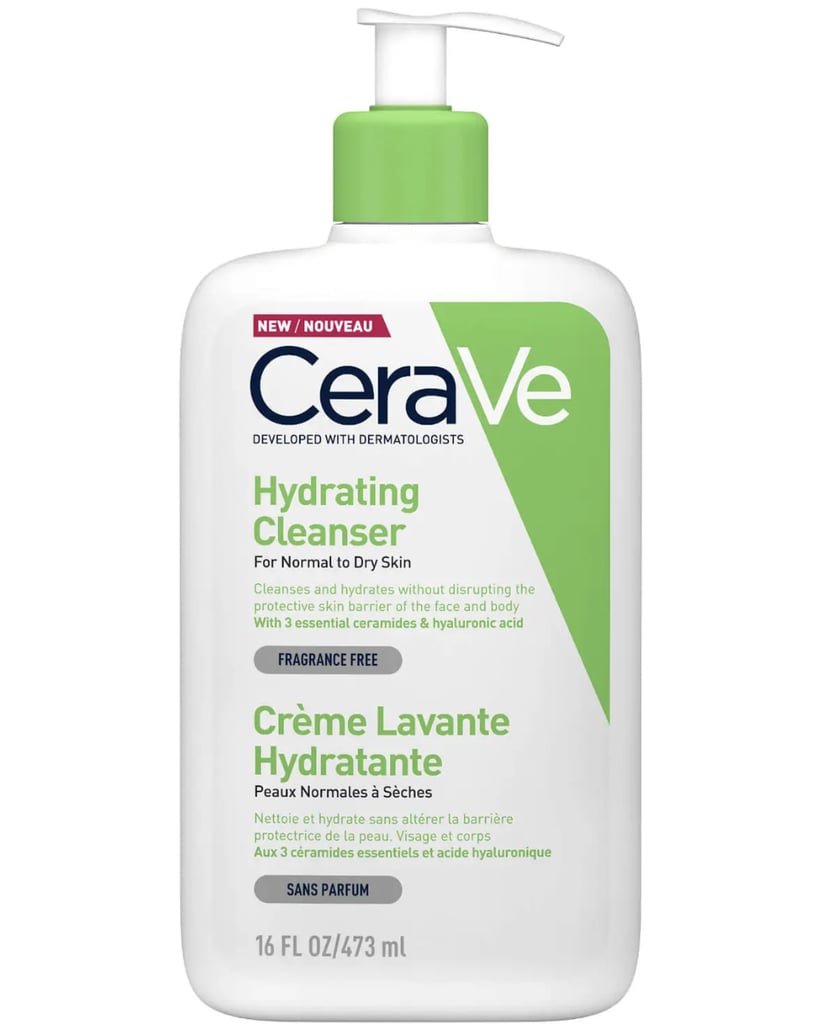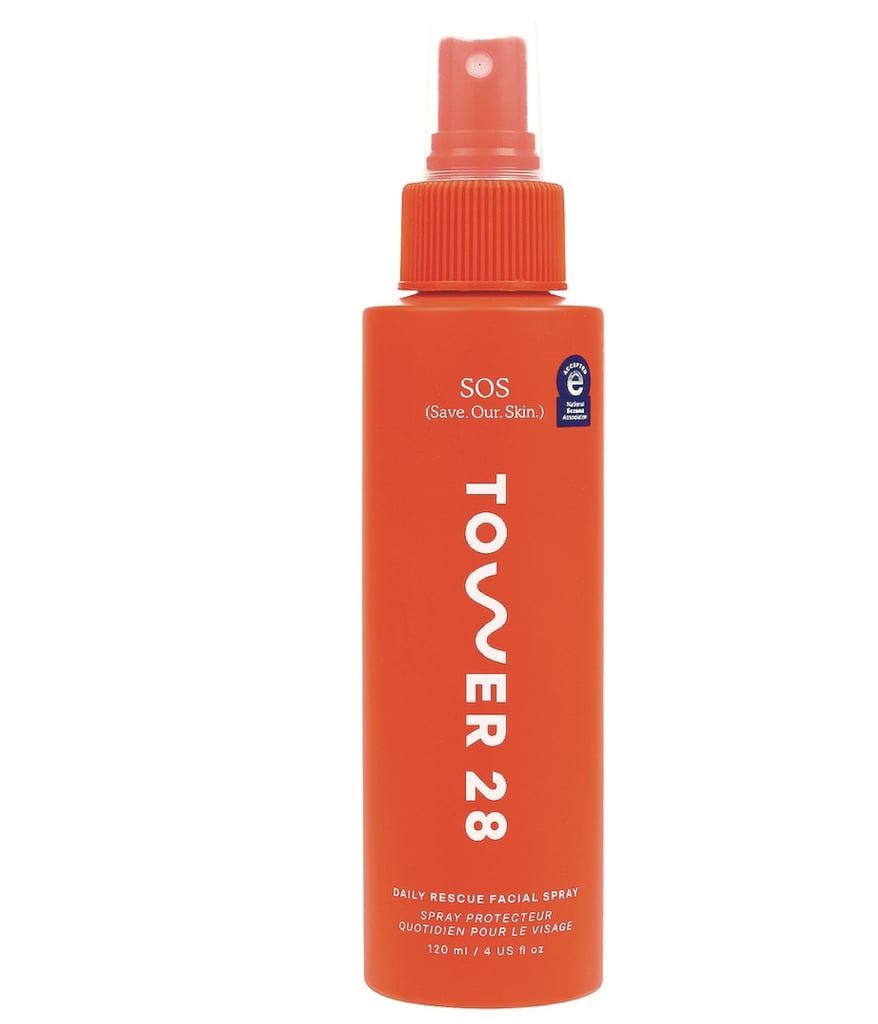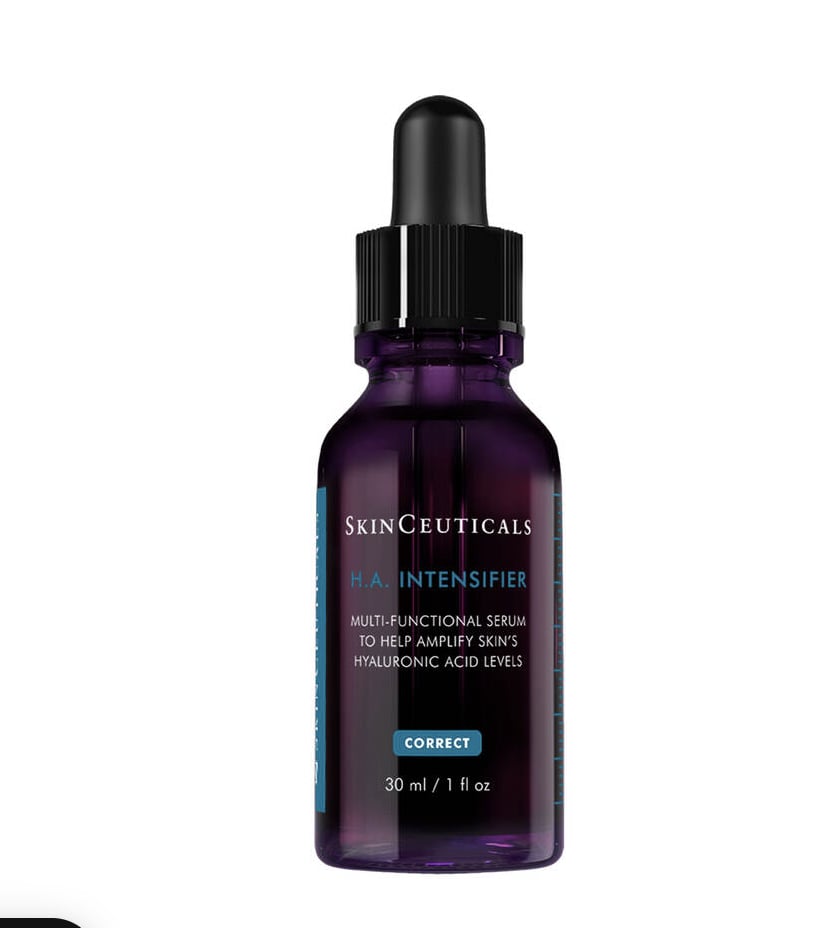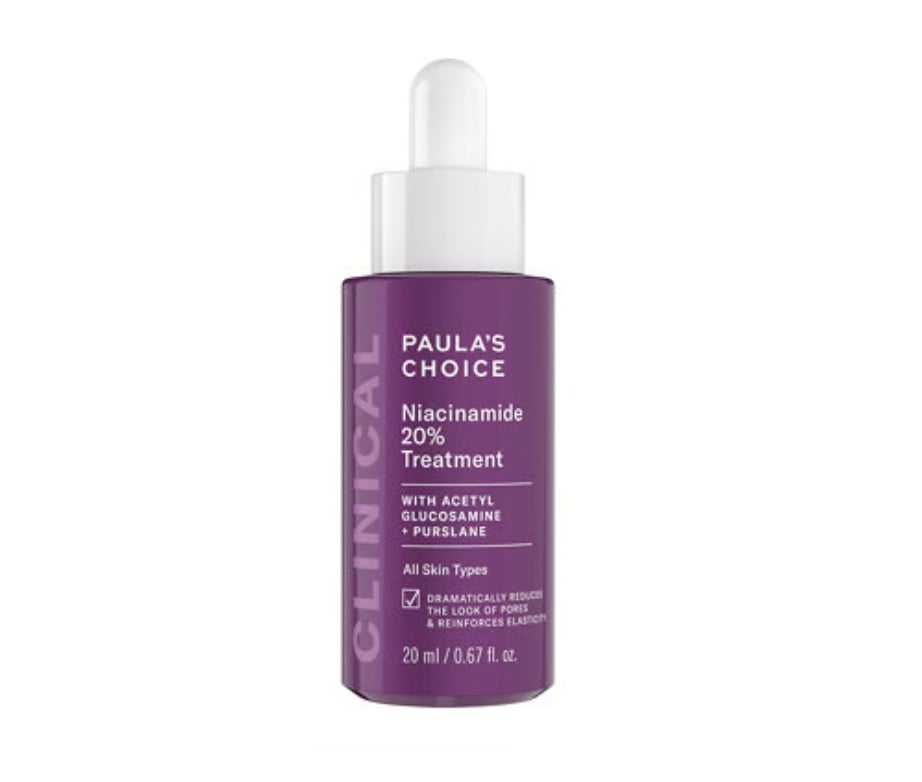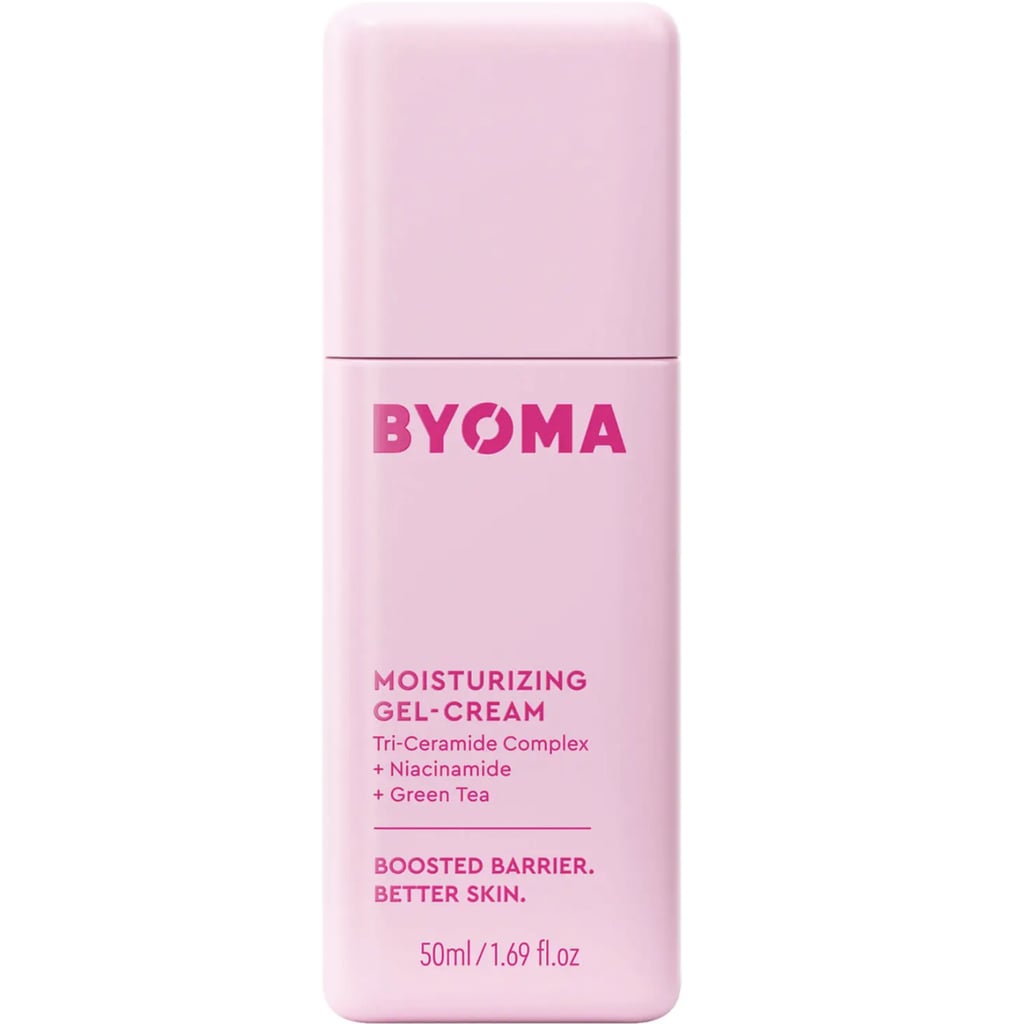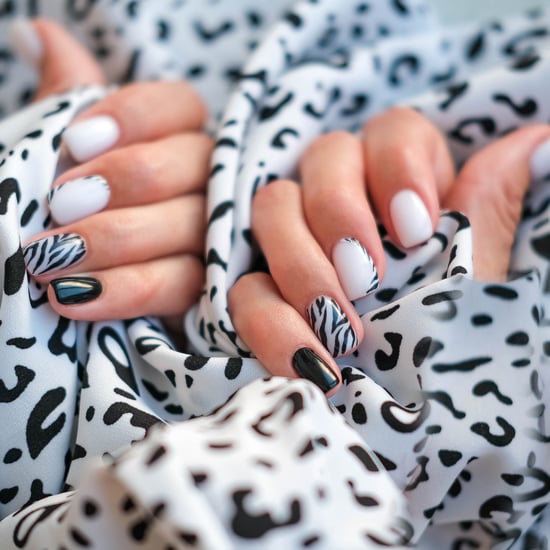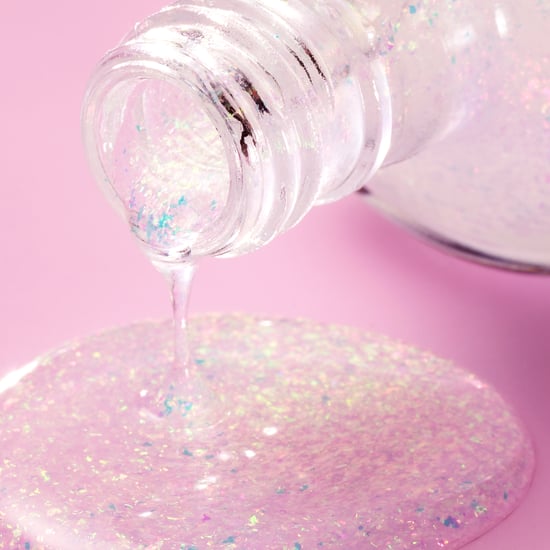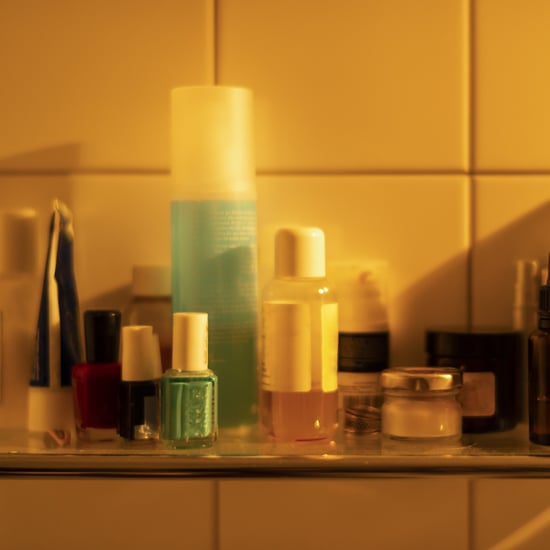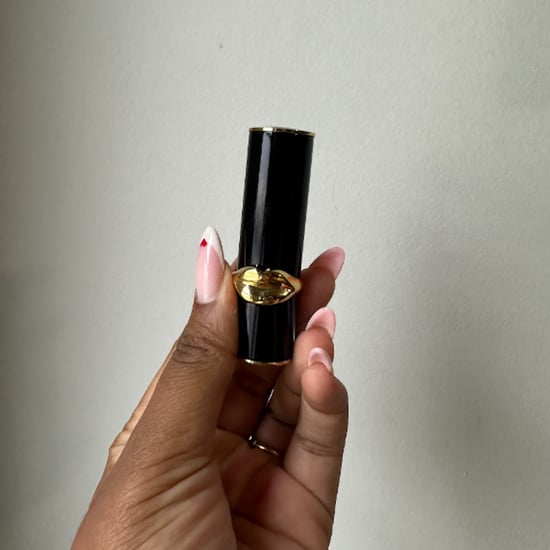What Is Skin Flooding, the TikTok Trend?
"Skin Flooding" Is TikTok's Latest Skin-Care Obsession
As POPSUGAR editors, we independently select and write about stuff we love and think you'll like too. If you buy a product we have recommended, we may receive affiliate commission, which in turn supports our work.
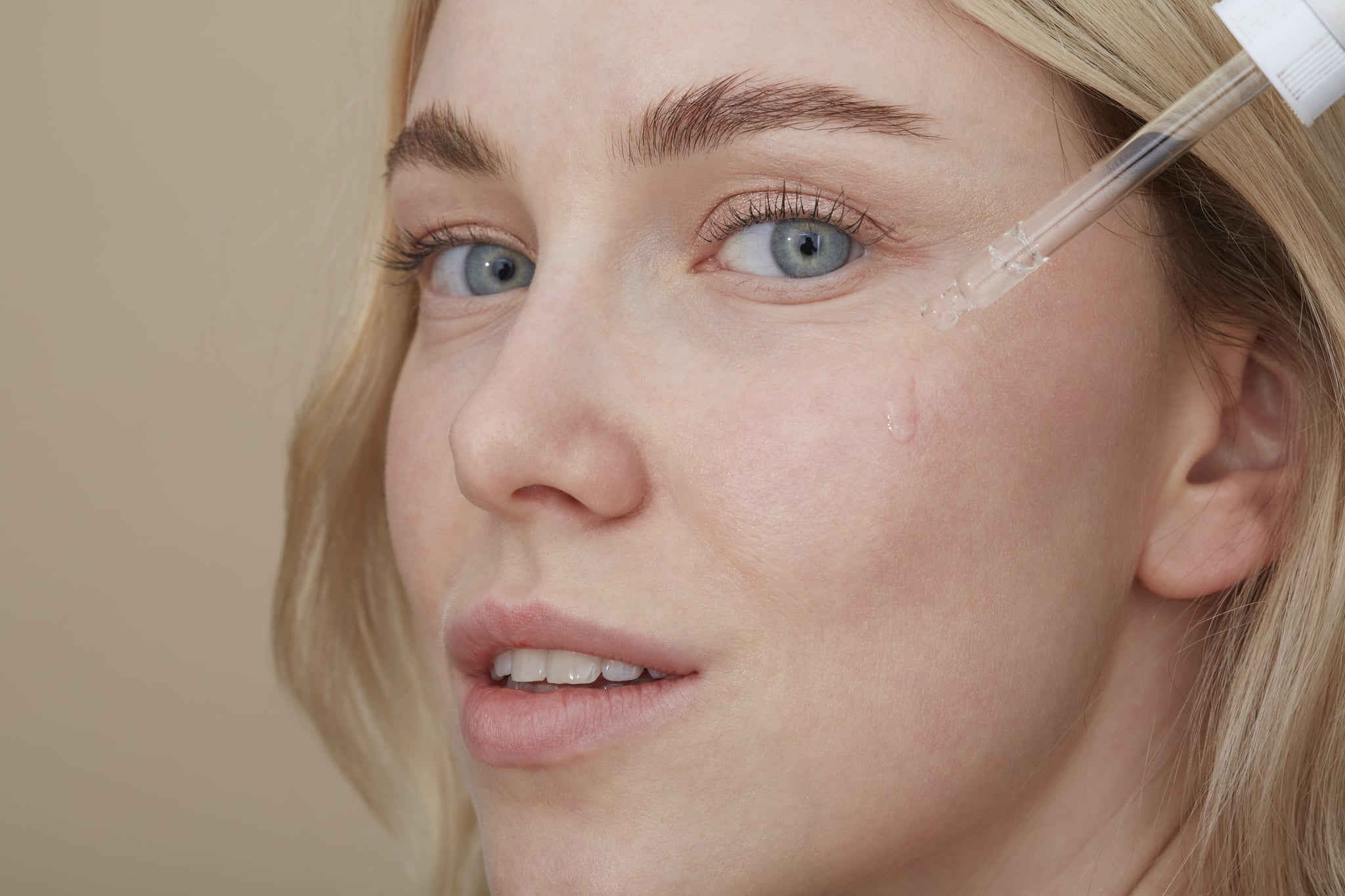
Image Source: Getty/Westend61
Five minutes before sitting down to write this, I was examining my face in the mirror and staring at the dry flakes peppered on both sides of my nostrils. It seems like no matter what I do when winter hits, my skin is drier than Coachella Valley in March, and no amount of products can quench its thirst. I've come to accept the fact that my face is prone to dryness and sensitivity, but it doesn't mean I've stopped looking for a solution. And, according to TikTok, there is one, and it's called "skin flooding."
The technique recently went viral on the platform, and after watching a few videos, I learned that my problem may not be in the type of products I've been using, but the way in which I'e been using them. Confused? So was I. Curious to learn whether skin flooding was worth trying or just another fad, I tapped skin-care experts to answer all my questions about the trend.
What Is Skin Flooding?
"The concept of skin flooding is flooding your skin with moisturising products in a particular order to provide a deeper level of hydration," Melissa Wilson, director of education at Woodhouse Spas, tells POPSUGAR. Azza Halim, MD, board-certified multispecialist physician, says the goal is to achieve better absorption of products, which in turn will boost skin's elasticity. She adds that although the technique is trending on TikTok, the concept is actually nothing new and is very similar to a K-beauty routine.
The first step of the routine is cleansing as usual, followed by a hydrating facial mist (because damp skin allows for better absorption), accompanied by hydrating serums and then moisturiser.
Skin Flooding Steps
To get the best results, it's important you "flood" your skin in a precise order. You'll want to start by cleansing your skin with a hydrating face wash. We love the CeraVe Hydrating Facial Cleanser (£10), which is great for removing dirt, oil, and makeup from the skin without leaving it feeling stripped and dry. From there, spritz your face with a hydrating facial mist like the Tower28 SOS Daily Rescue Facial Spray (£27).
Next, you'll want to apply your first serum while your skin is still damp. Typically, the first serum should be a product that has hyaluronic acid, a skin-care ingredient that is used to plump and hydrate the skin. We love the SkinCeuticals H.A. Intensifier (£95).
Then, you'll want to follow up with a second serum, which is usually something with niacinamide, an ingredient that calms redness and inflammation and also helps skin retain moisture. Our current favourite is the Paula's Choice Niacinamide 20% Treatment (£47). The last step in your skin flooding routine should be a thick moisturiser to help seal everything in. Our pick? The Byoma Moisturising Gel Cream (£12), which is hydrating without being too heavy.
What Are the Benefits of Skin Flooding?
To start, hyaluronic acid is a humectant, which means that it pulls moisture from its environment. If you apply it to dry skin, it will draw moisture directly from your skin, which could actually make you drier. However, if you apply it while your skin is still damp, as you would with skin flooding, it allows you to retain hydration. Plus, applying products to damp skin allows for better absorption, which increases their effectiveness.
As for the niacinamide component, Ellen Marmur, MD, board-certified dermatologist and founder of MMSkincare, previously told POPSUGAR, "Niacinamide increases natural lipids on the skin and reduces water loss, thereby reducing pore size. It can also improve skin texture."
Finishing everything off with an emollient like a thick cream or moisturiser allows you to lock in all of the hydrating products, which will leave your skin glowing and dewy.
What Are the Risks of Skin Flooding?
While there aren't any serious concerns or risks associated with skin flooding, anyone who is interested in trying out the technique should consider their individual skin type. "Those with oily, acne-prone skin or sensitive skin may not want to fully adopt this method, as layering multiple serums may lead to breakouts," Wilson says.
However, if you have sensitive skin but you're still interested in trying skin flooding, Dr. Halim suggests tailoring your routine to your specific needs and utilising gentle products with no fragrance. One thing to note is that you should avoid skin flooding with active ingredients like retinol or benzoyl peroxide regardless of your skin type, so make sure you study the labels on your skin-care products carefully prior to use. And, as always, you should consult with a dermatologist or your doctor if you have any serious skin conditions prior to trying skin flooding.
